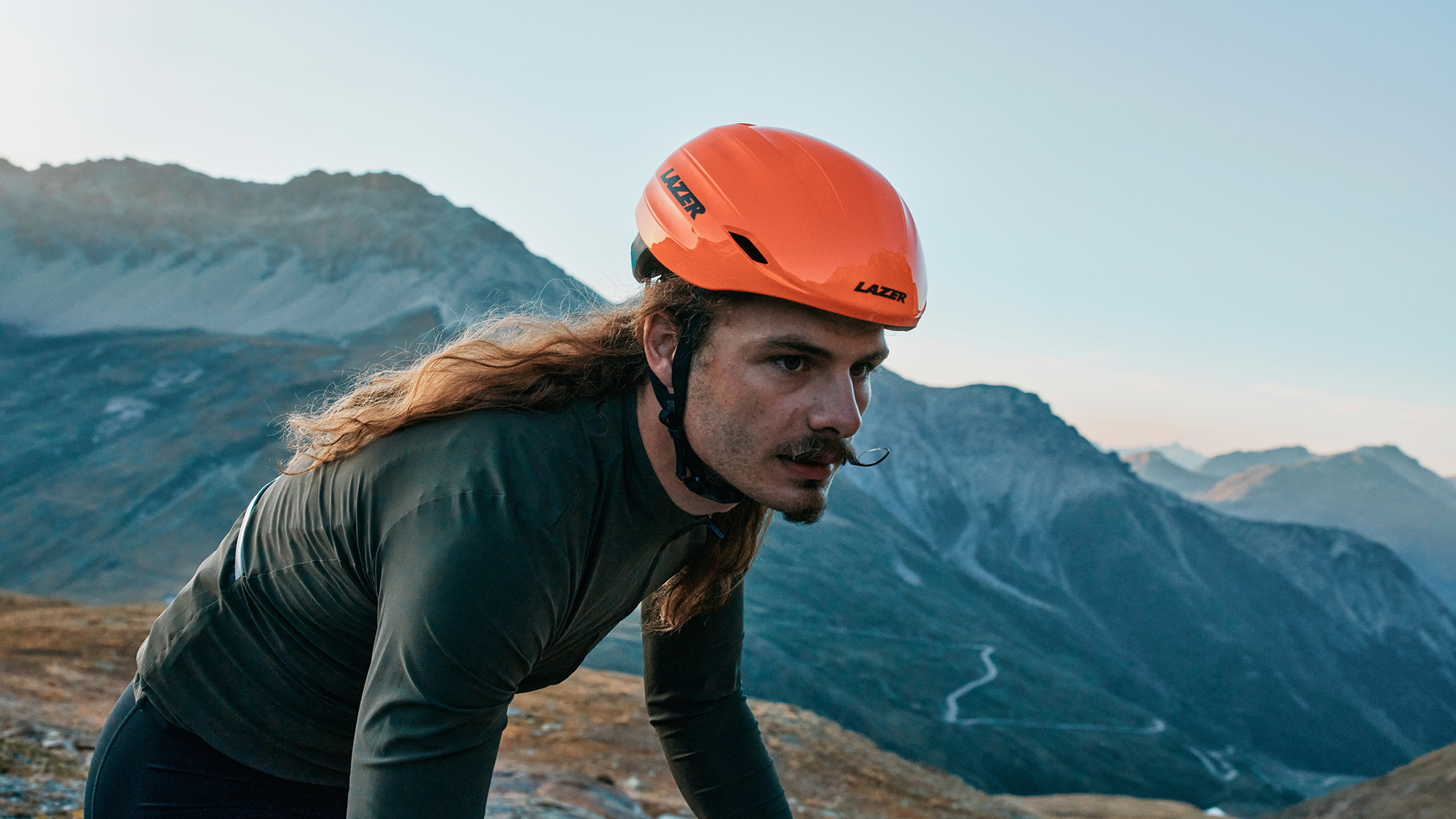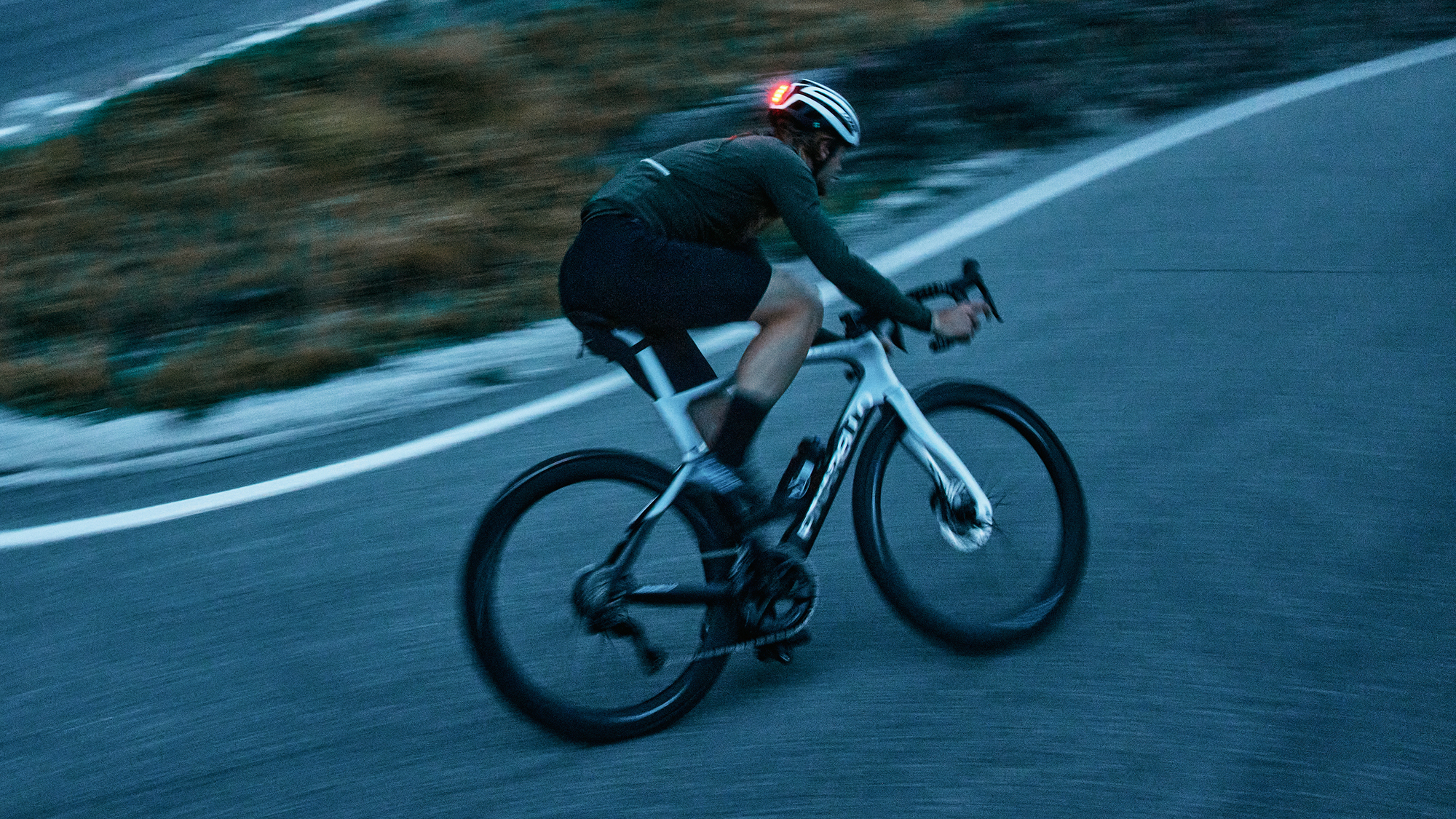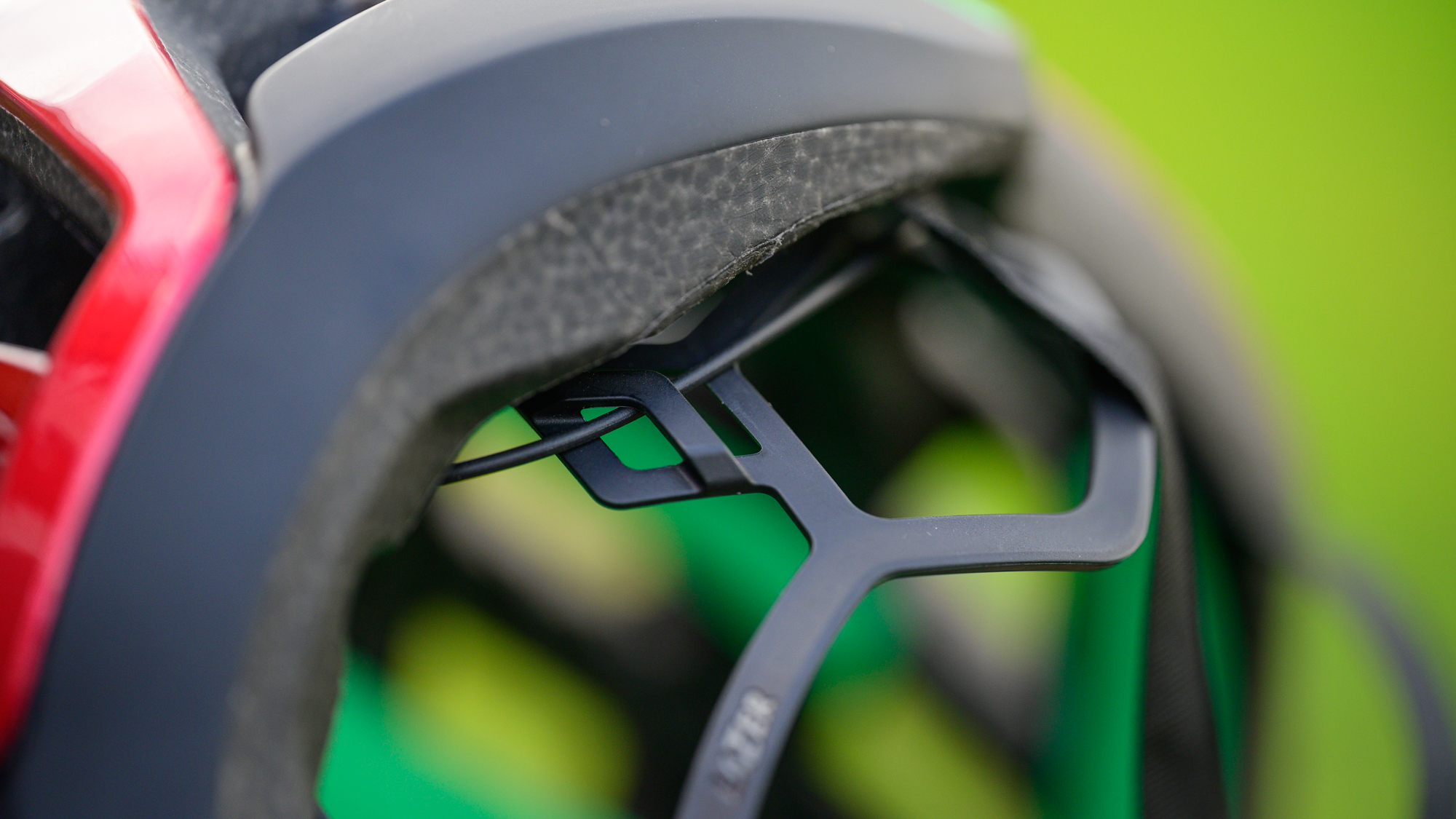The new Lazer Z1 Kineticore helmet comes to market without MIPS
Kineticore angular impact protection finally makes its way to the top Lazer climbing helmet

Nearly two years ago Lazer introduced a new kind of angular impact protection to the market. It meant a jettison of brand leader MIPS and a move to a new technology named Kineticore. The first helmet to feature it was the aero focused Lazer Vento Kineticore, but since then Lazer has been slowly integrating it across the full model line. One of the last holdouts was the Lazer Z1 but today the brand changes that. There is now a Lazer Z1 Kineticore and a new contender for the lightweight king in our list of the best road bike helmets.

What is Kineticore?
Although MIPS tends to dominate the independent helmet impact protection tests carried out by the Virginia Tech helmet lab, it's not the only option. Instead, MIPS dominates because the brand offers an easy third party option that any helmet brand has available. In an effort to differentiate, Lazer has gone in a different direction.
Kineticore takes a different approach and instead of a movable liner, it builds the slip plane directly into the EPS foam. In practice that means a series of blocks on the inner face. In the event of a crash the blocks deform and break to dissipate the energy and allow the helmet to rotate. This works similar to crumple zones in a car but it also brings unique advantages to a helmet.
While MIPS options have long since left behind the challenges of heat management and catching hair, Kineticore thrives because of the inherent integration. The Lazer Z1 is a lightweight helmet designed for maximum ventilation on your hottest rides. Not only does Kineticore address crash protection needs but the channels alco claim to help move air across your scalp.

What’s new with the Lazer Z1 Kineticore?
Although the biggest change at play with the new version of the Lazer Z1 is the addition of Kineticore, it's not the only change. Lazer highlights the lightweight nature of the helmet with a claimed weight of 220 grams in size small (weighed at 226 grams in our size small sample). Lazer also points out that that those numbers make the Z1 Kineticore "the lightest helmet including rotational impact protection on the market." Kineticore is certainly part of that lightness story but there are a number of other small changes that add up as well.
Given how highly optimised modern EPS helmet exteriors are, it's hard to save much weight there. Instead it's common to save weight in the strap system and that is exactly what the new Z1 Kineticore does. Gone is the plastic strap divider and in its place you'll find only fabric straps using antibacterial & recycled materials. As always, saved weight means saved materials and less material is a gain for the manufacturer, the user, and the environment.
In parallel with that update, the system Lazer uses to adjust the Z1 also gets an update. Like other Lazer helmets, the Z1 Kineticore doesn't use a traditional system to tighten the rear basket. Instead of a dial at the rear, you'll find a dial up top referred to as the "Lazer Advanced RollSys" design. The system works by pulling from the front and tightening the whole helmet at the same time. It's a system that the previous Z1 had as well. What's new is a change to the location of the thumbwheel from the outside of the helmet to a protected spot deep in the EPS outer. In theory the whole system also leaves more room for long hair, which Lazer is quick to mention.
The latest race content, interviews, features, reviews and expert buying guides, direct to your inbox!
For those that value a secure place to stash glasses on long climbs, you’ll be happy to see that Lazer mentions “eyewear docking slots” as a new feature as well. Unlike the Vento Kineticore there is no additional high-friction add-on though. Likely in an effort to keep weight low, the Z1 relies on the shape of the vents to keep eyewear secure.



What stays the same?
It's fair to say that today's update to the Lazer Z1 is quite incremental. Small differences add up to useability updates while retaining a similar profile and use. As before, the Z1 fills the Lazer product lineup as both a lightweight and highly vented option. The 31-vents, including behind the front headband, continue to provide a claimed 3% ventilation advantage (compared to no helmet in particular) and the 5-star Virginia tech rating continues as well.
For those that would prefer rain protection, or occasional aerodynamic advantage, you'll be glad to see that the accessory lineup is similar as well. When you need to close the vents, grab the Lazer Aeroshell and if you want to add visibility there continues to be support for the Lazer Universal LED at the rear. What you won't find are the previous options for different padding densities.




Pricing and availability
The Lazer Z1 Kineticore is available immediately worldwide at a price of £229.99 / $279.99 / €249.99. Colour options are White, Matte Black, Cosmic Blue, Harbor Grey, Metallic Red, and Flash Orange with S, M, or L sizing availability. Visit lazersport.com for more information.
Josh hails from the Pacific Northwest of the United States but would prefer riding through the desert than the rain. He will happily talk for hours about the minutiae of cycling tech but also has an understanding that most people just want things to work. He is a road cyclist at heart and doesn't care much if those roads are paved, dirt, or digital. Although he rarely races, if you ask him to ride from sunrise to sunset the answer will be yes. Height: 5'9" Weight: 140 lb. Rides: Salsa Warbird, Cannondale CAAD9, Enve Melee, Look 795 Blade RS, Priority Continuum Onyx
